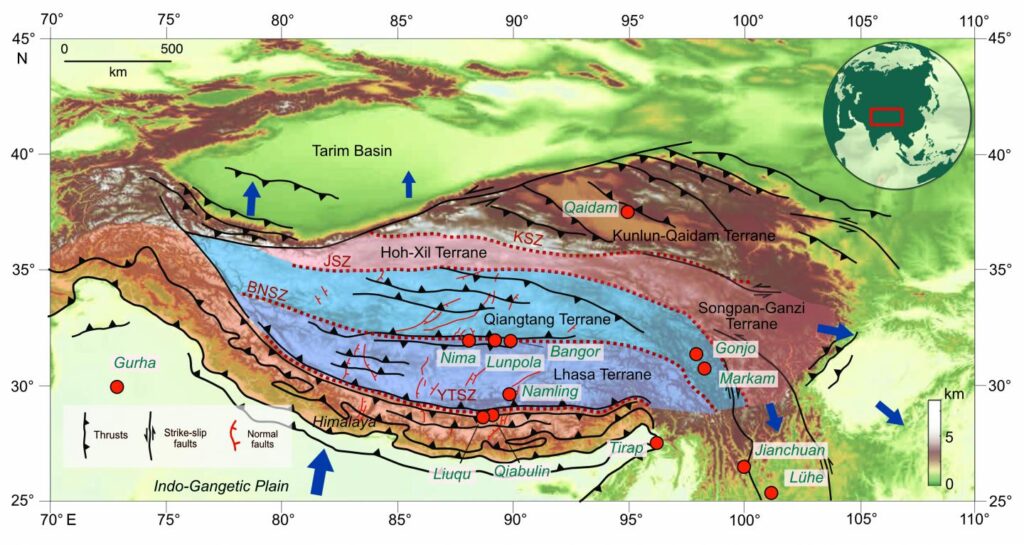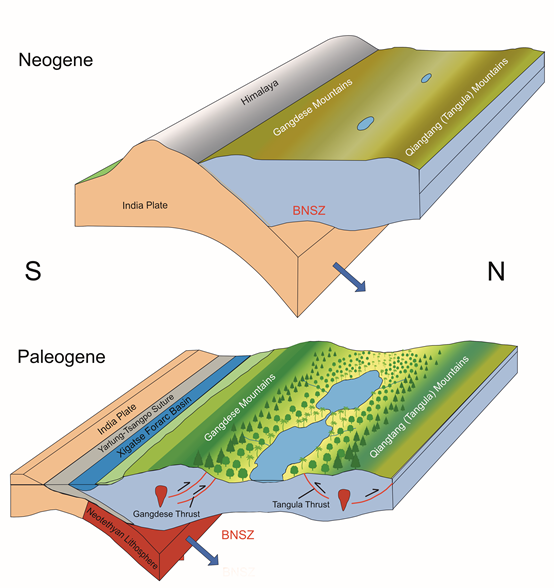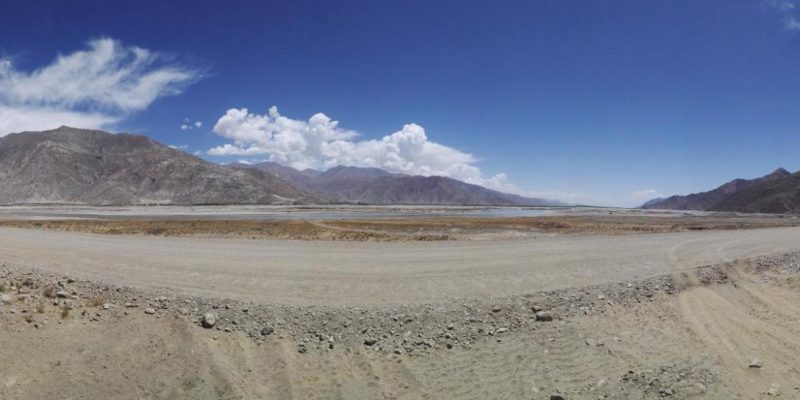The phrase ‘the uplift of the Tibetan Plateau’ permeates the scientific literature, extending even into the realms of molecular phylogeny. It implies that this enormous and almost flat-surfaced portion of Earth’s surface rose as a coherent entity, and that uplift was driven entirely by the collision and northward movement of India.

In a study published in National Science Review, researchers from Xishuangbanna Tropical Botanical Garden (XTBG) and their collaborators argued that these were misconceptions derived in large part from simplistic geodynamic and climate modeling, as well as proxy misinterpretation.
The review synthesized a range of geological, isotope and paleontological literature to better understand the topographic evolution of the Tibetan region, and hopefully put to rest some of the misconceptions that have become embedded in scientific literature across many disciplines.
According to the researchers, Tibet is not a monolithic entity but assembled piecemeal during the Mesozoic by successive terrane accretions. It produces a complex high relief landscape harboring sub-tropical biotas in deep valleys.

Moreover, stable isotope and paleontological paleoaltimeters measure different aspects of the topography: isotopes tend to reflect high elevations while fossils tend to reflect lowland elevations. In valley systems isotopes seemed to reflect the heights of the bounding mountain crests and the valley appeared as a high plateau.
“Contrary to previous conceptual models, Tibet did not rise as a pre-formed plateau, or by crustal thickening driven solely by the India-Eurasia collision, but evolved gradually through tectonic compression and internally-drained basin sediment infill,” said Prof. Robert A. Spicer, a visiting scientist of XTBG.
“To fully understand the contribution the Tibetan region has made to Asian biodiversity and monsoon evolution requires further well-dated fossil collections in conjunction with Earth system modelling using realistic paleotopographies and not simple block-like representations of Tibet,” said Prof. Zhou Zhekun, a co-author of the study.
The study can be found in National Science Review (2020):
Why the ‘Uplift of the Tibetan Plateau’ is a myth
On behalf of the UMBRELLA team we hope you are all keeping healthy and happy and staying safe during this virus out break.
